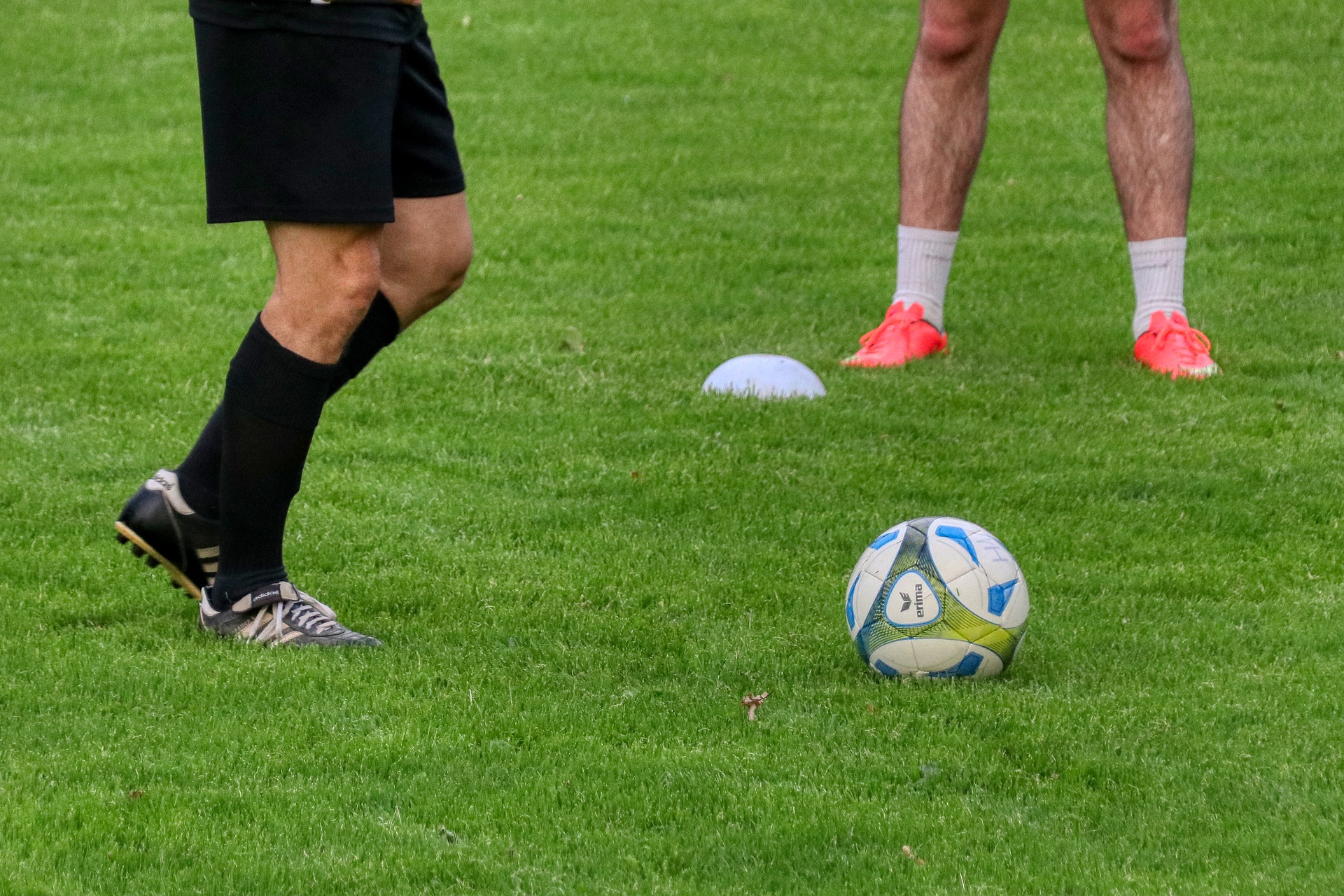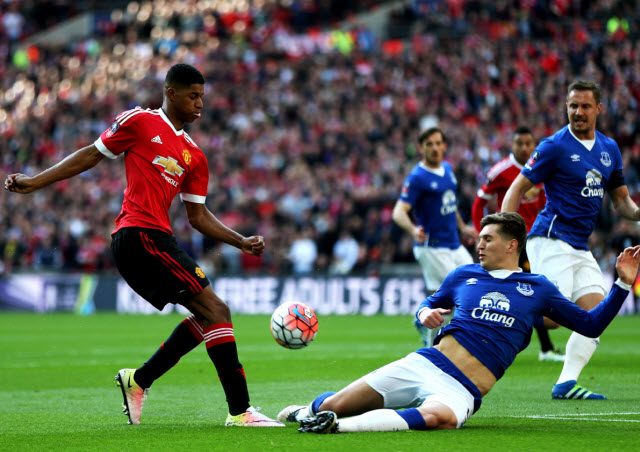The importance of technology in football: how coaches can help improve team performance
Discover how technology is changing the way football trainers They analyze the matches,They improve communication and collaboration with the team and the personal, They optimize training of the players, They improve recruitment and talent analysis, and They design more effective strategies. Learn why technology is essential for Soccer trainers And how can Improve success of the team in the field.





